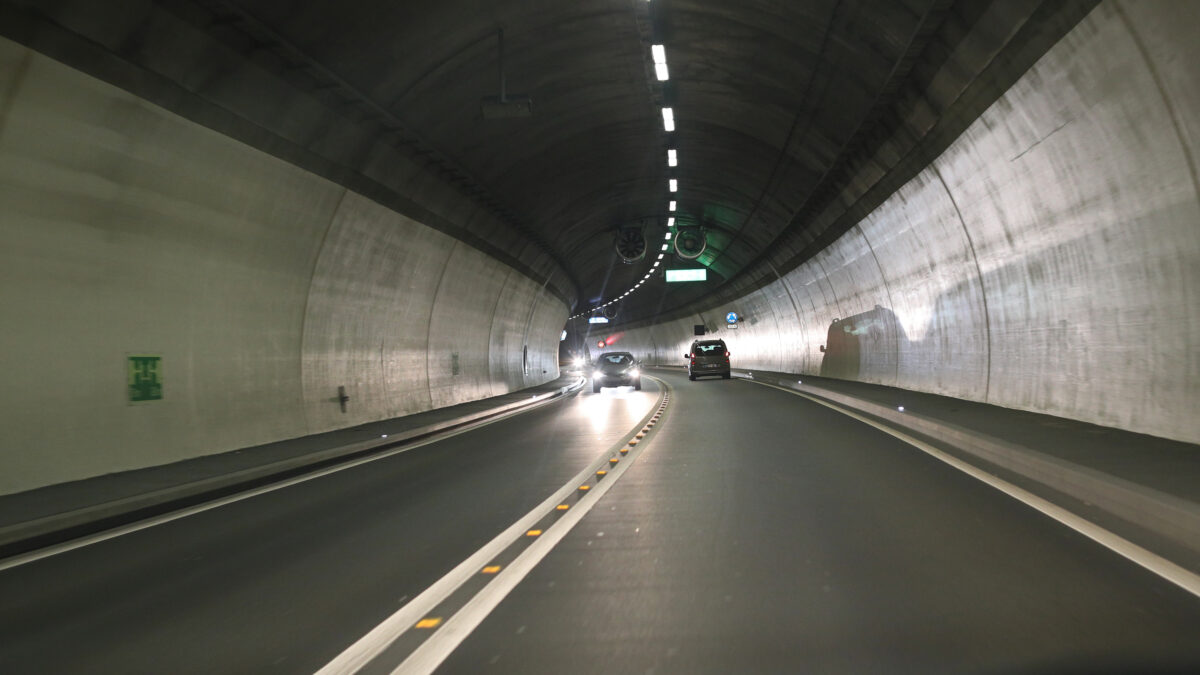In the world of fire engineering, predicting how fire and smoke will behave in complex environments such as tunnels, atriums, and large open spaces presents significant challenges. Traditional fire safety design methods often rely on prescriptive codes and standards, which, while effective for many applications, can fall short in predicting the specific dynamics of fire and smoke spread in unconventional or large-scale structures. This is where Computational Fluid Dynamics (CFD) comes in, revolutionising fire engineering by offering advanced simulation tools to model fire behaviour, smoke movement, and temperature distribution in intricate spaces.
This article delves into how CFD is transforming fire safety design, particularly in challenging environments such as tunnels and atriums, and explores its benefits in enhancing safety and compliance with fire regulations.
1. What is Computational Fluid Dynamics (CFD)?
Computational Fluid Dynamics (CFD) is a branch of fluid mechanics that uses numerical analysis and algorithms to simulate and solve problems involving fluid flows. In fire engineering, CFD models are used to simulate the movement of smoke, heat, and toxic gases during a fire event, providing engineers with critical data about how these factors will behave under various conditions.
CFD simulations break down large, complex spaces into small, discrete elements or cells, within which the behaviour of air, smoke, and fire is calculated. These models account for variables such as temperature gradients, air velocity, heat transfer, and combustion processes, producing highly detailed predictions of how fire and smoke will spread within a space.
2. CFD in Fire Engineering: Key Applications
CFD has become an invaluable tool for fire engineers, particularly in environments where traditional design approaches are not feasible or sufficient. Two of the most prominent areas where CFD is making a substantial impact are in tunnel fire safety and atrium smoke control.2.1 CFD Modelling in Tunnel Fire Safety
Tunnels present unique fire safety challenges due to their confined nature, long distances, and difficulty in evacuating people quickly. In the event of a fire, smoke and heat can travel rapidly along the tunnel, endangering occupants and complicating the efforts of emergency services. To address these challenges, CFD modelling has become a vital tool for predicting smoke behaviour and designing effective smoke control systems.
For instance, longitudinal ventilation systems are commonly used in tunnels to manage smoke during a fire, pushing smoke in one direction and allowing safe evacuation in the other. CFD simulations can model various fire scenarios to determine how effectively the ventilation system will operate, taking into account factors such as tunnel geometry, ventilation rates, and fire intensity.
A notable case study is the Channel Tunnel, where CFD modelling played a key role in developing fire safety strategies. By simulating fire and smoke spread under different conditions, engineers were able to optimise the tunnel’s ventilation system to ensure safe evacuation routes and protect the structure from extensive damage.
2.2 Smoke Control in Atriums and Large Open Spaces
Atriums, found in many modern buildings such as shopping malls, airports, and office complexes, also pose significant fire safety challenges. These large, open spaces can allow smoke to rise and accumulate, creating hazardous conditions for building occupants and complicating evacuation procedures.
CFD is used extensively to design smoke control systems in atriums. By simulating the movement of smoke, CFD models help engineers understand how smoke will stratify and disperse in these large spaces. This information is critical for determining the size and location of smoke vents, as well as for designing mechanical ventilation systems that can extract smoke efficiently.
For example, in large atriums, CFD modelling helps to verify whether smoke extraction systems will maintain smoke-free escape routes long enough for occupants to evacuate safely. The ability to model different fire scenarios, including worst-case conditions, allows engineers to fine-tune their designs to ensure compliance with stringent fire safety standards such as those set out in NFPA 92: Standard for Smoke Control Systems.
3. CFD Modelling in Fire Engineering
CFD offers a range of benefits for fire engineering, particularly in environments where traditional fire safety design approaches may not be adequate.
3.1 Accuracy and Precision
One of the main advantages of CFD is the ability to produce highly accurate predictions of fire and smoke behaviour. CFD simulations take into account a wide range of factors, including temperature, humidity, air movement, and fire load. This allows engineers to understand how fire and smoke will behave under specific conditions, enabling them to design more effective fire safety systems.
For example, in high-rise buildings or underground stations, CFD simulations can predict how smoke will rise or descend through shafts and stairwells, helping engineers to design smoke barriers and ventilation systems that prevent smoke from reaching escape routes.
3.2 Scenario Testing and Risk Assessment
CFD modelling allows fire engineers to test multiple fire scenarios and assess the effectiveness of different fire safety strategies. This flexibility is especially useful for complex environments like tunnels and atriums, where fire dynamics can be unpredictable.
By simulating various fire sizes, locations, and ventilation conditions, CFD helps engineers identify potential weaknesses in the design and develop solutions that improve safety. This capability also supports performance-based fire engineering approaches, where fire safety designs are tailored to the unique characteristics of a building, rather than relying solely on prescriptive codes.
3.3 Compliance with Fire Safety Regulations
CFD modelling plays a crucial role in helping engineers demonstrate compliance with local and international fire safety regulations. In New Zealand, for example, the New Zealand Building Code (NZBC) requires buildings to meet specific fire safety standards, including those related to smoke control, means of escape, and fire resistance.
By providing detailed predictions of smoke behaviour and fire spread, CFD simulations give building designers and engineers the evidence needed to ensure that their designs comply with these regulations. CFD is particularly useful when seeking approval for innovative or non-standard fire safety solutions, as it allows engineers to show regulators how their designs will perform in real-world conditions.
4. Challenges and Developments in CFD Fire Modelling
While CFD has revolutionised fire engineering, there are still challenges associated with its use. One of the main limitations is the computational power required to run detailed simulations, especially for large-scale projects such as tunnel or atrium fire safety design. As CFD models become more complex, they demand more powerful hardware and longer processing times, which can increase costs.
Despite these challenges, ongoing advancements in computational power and software capabilities are making CFD more accessible and efficient. Future developments in CFD fire modelling are likely to focus on improving the speed and accuracy of simulations, as well as integrating CFD with other building information modelling (BIM) tools to create even more precise fire safety designs.
Conclusion
The use of Computational Fluid Dynamics (CFD) is transforming fire engineering, particularly in challenging environments like tunnels and atriums. By providing detailed predictions of fire and smoke behaviour, CFD helps engineers design more effective fire safety systems, improving safety for building occupants and emergency responders. As technology continues to advance, CFD will play an even greater role in performance-based fire engineering, offering innovative solutions to fire safety challenges in modern, complex buildings.References:
1. Beard, A. N., & Carvel, R. (2011). The Handbook of Tunnel Fire Safety. ICE Publishing.
2. NFPA 92: Standard for Smoke Control Systems, National Fire Protection Association, 2020.
3. Galea, E. R., et al. “CFD Simulations of Smoke Movement in Complex Building Spaces.” Fire Safety Journal, 2022.
4. NZ Building Code, Clause C: Protection from Fire, 2020.







